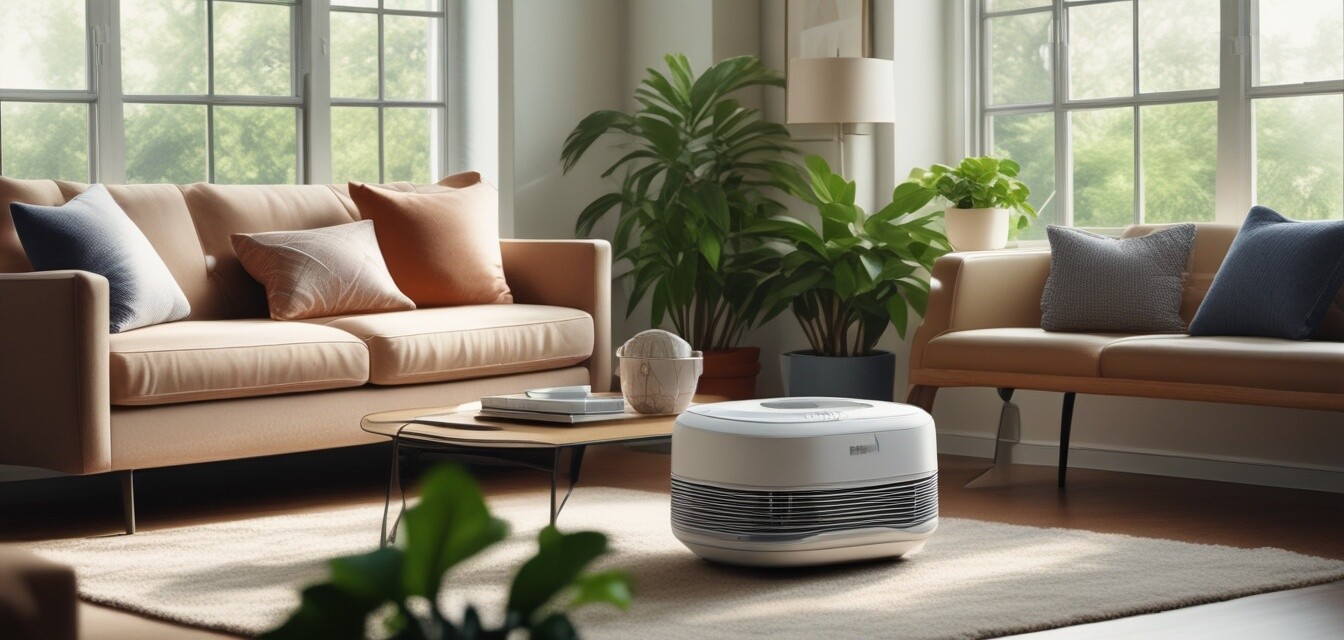
The ultimate guide to allergy relief devices
Key Takeaways
- Air purifiers, HEPA filters, and allergy-proof bedding can significantly improve indoor air quality.
- When choosing devices, consider factors like size, noise level, and filtration technology.
- Combining multiple solutions can enhance overall allergy relief.
- Regular maintenance and proper usage are essential for optimal performance of allergy relief devices.
- Explore various product categories such as air purifiers and allergy-proof bedding for comprehensive relief.
Seasonal allergies can cause discomfort and affect your quality of life. Fortunately, using the right devices can significantly alleviate these issues. In this guide, we’ll explore an array of allergy relief devices, focusing on air purifiers, HEPA filters, and other practical solutions designed to create a comfortable living environment.
Understanding Seasonal Allergies
Seasonal allergies, often triggered by pollen or dust, can lead to various symptoms such as sneezing, itchy eyes, and nasal congestion. Understanding what causes your allergies is the first step in managing them effectively. By eliminating allergens at home, you can create a haven for yourself and your family.
Essential Allergy Relief Devices
There are several categories of allergy relief devices available today. Let’s break down the most popular options:
1. Air Purifiers
Air purifiers are a common solution for allergy sufferers. They help to filter out allergens from the air, providing a cleaner inhale. Here are some factors to consider when choosing an air purifier:
| Feature | Description |
|---|---|
| Filter Type | Look for HEPA filters, which can remove 99.97% of particles from the air. |
| Room Size | Ensure the purifier is rated for the size of the room where it will be used. |
| Noise Level | Consider models that operate quietly, especially for night-time use. |
| Maintenance | Check how often filters need to be changed and the cost associated with them. |
2. HEPA Filters
High-efficiency particulate air (HEPA) filters are essential in reducing allergens. They can be used in air purifiers or integrated into HVAC systems. Here’s what to keep in mind:
| Consideration | Importance |
|---|---|
| Air Flow | Ensure the filter permits adequate air flow in your system. |
| Filter Longevity | Choose filters known for their durability and effectiveness over time. |
3. Allergy-proof Bedding
Allergy-proof bedding can help protect you from dust mites and other allergens. Look for
- Encasements for pillows and mattresses
- Washable bedding to reduce exposure to allergens
- Hypoallergenic materials for added comfort
4. Eye Drops and Treatments
If nasal congestion is a prominent issue, consider eye drops and treatments designed specifically for allergies. They can provide instant relief from irritation and inflammation.
Buying Tips for Allergy Relief Devices
Quick tips for beginners
- Always check the CADR rating (Clean Air Delivery Rate) for air purifiers.
- Read customer reviews to assess the effectiveness of a product.
- Compare prices across different platforms to get the best deal.
- Look for warranty options for added peace of mind.
- Consider consulting a specialist for personalized recommendations.
Maintenance of Allergy Relief Devices
To ensure your allergy relief devices function effectively, regular maintenance is crucial. This includes:
- Changing filters as recommended by the manufacturer
- Cleansing the exterior and surface areas to avoid dust buildup
- Checking for any possible malfunctions periodically
- Keeping devices in optimal locations for maximum efficacy
Conclusion
With the rise of allergy seasons, it’s vital to invest in quality allergy relief devices. By leveraging air purifiers, HEPA filters, and allergy-proof bedding, you can take substantial steps towards creating a comfortable and healthy indoor environment. Remember, taking proactive measures can significantly enhance your ability to manage seasonal allergies. Explore our various product categories for more recommendations and tips.
Pros
- Improved indoor air quality
- Reducing allergy symptoms effectively
- Increased overall comfort at home
Cons
- Initial costs can be high
- Regular maintenance is required
For more insights, check our guides on nasal and sinus care and allergy medications.